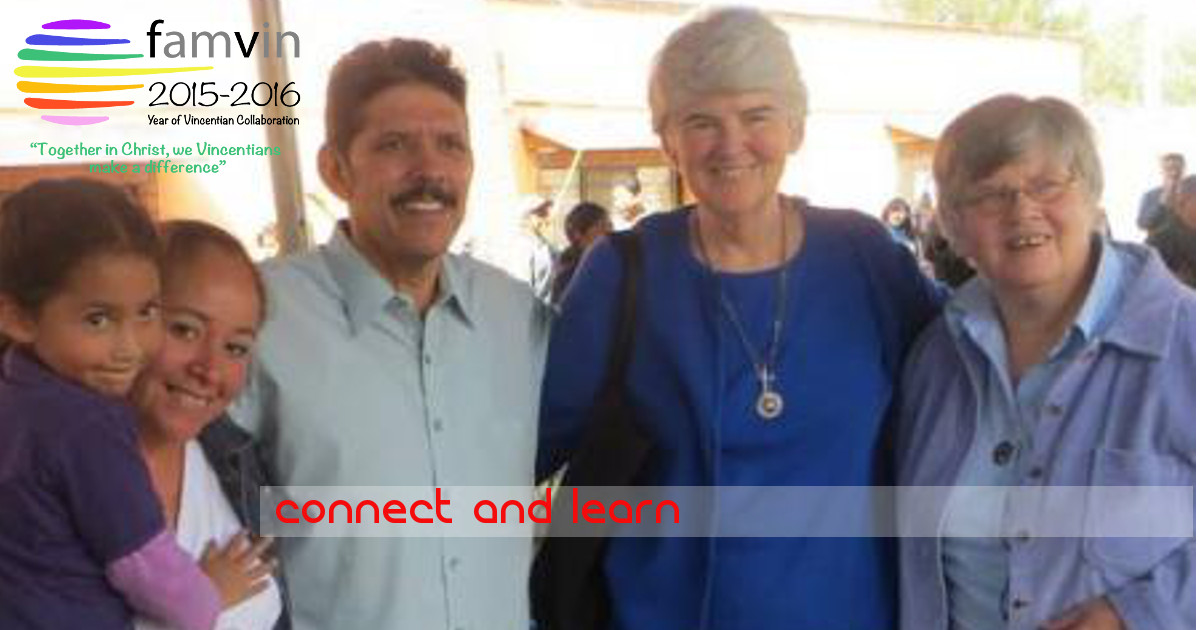
Rev. Thomas Augustine Judge, CM, founder of the Missionary Servants of the Most Blessed Trinity, was ordained a Vincentian priest in Philadelphia in 1899. On April 11, 1909, at a meeting at St. John the Baptist Parish in Brooklyn, New York, six women responded to his appeal for lay apostles who would share in the mission and ministry of the Church. In the years immediately following, Father Judge’s influence inspired women and men from many walks of life to become members of this lay apostolic band, later known and accepted in the Church as the Missionary Cenacle Apostolate.
In 1912, under the auspices of James Cardinal Gibbons, women associates opened a Missionary Cenacle in Baltimore for the care of homeless and unemployed women, and for work among the Italian immigrants in that city. This was the first time the “Associates” as they were then known, lived together as they worked together. The year following, another Missionary Cenacle was opened in Bridgeport, Connecticut, where the work of the associates pioneered the Catholic Charitable Bureau of that Diocese. In 1915 Father Judge was unexpectedly assigned to a rural Vincentian mission in Opelika, Alabama. This is how, in the providence of God, the Missionary Cenacle came to the southern United States. Some of the men and women who had been nurtured in the apostolate by Father Judge followed him to the heart of the American south. Between 1916 and 1918, while the Cenacle Lay Apostolate continued to flourish in the north, a number of lay volunteers gave their lives completely to the Missionary Cenacle, which was taking a different shape in a rural and remote area of the south. A form of community life began in both Phenix City and on a plantation in what would become Holy Trinity, Alabama.
Among the volunteers in Alabama was a young woman, Louise Margaret Keasey, a school teacher from Butler, Pennsylvania, had gone south in 1916 at the age of thirty-one to render whatever service she could to the struggling band, and to teach in their mission school in Phenix City, Alabama. By 1919, she was appointed by Father Judge to be the first General Custodian of the new sisters’ community and received the name Mother Mary Boniface. Under the combined leadership of Father Judge and Mother Boniface, the Missionary Cenacle Family further developed in distinct forms of apostolic life: clergy, religious, and lay. In 1920 the newly formed community of women was approved by Rome.
The Missionary Servants of the Most Blessed Trinity continue to serve the Church in many dioceses in the United States, Puerto Rico, Mexico and Jamaica. Their work continues to be to seek out and serve the abandoned population and areas, especially among Catholics who are not being spiritually nurtured, especially the poor.
Website: http://www.msbt.org/







Holy Trinity — the grounds of the retreat house — that is Holy Ground.
The CM’s and the MSBT’s were my first close up introduction to the Catholic Church. When one meets the Church in that way, the rest of the church has a high bar to aspire to. They showed me community and communion.